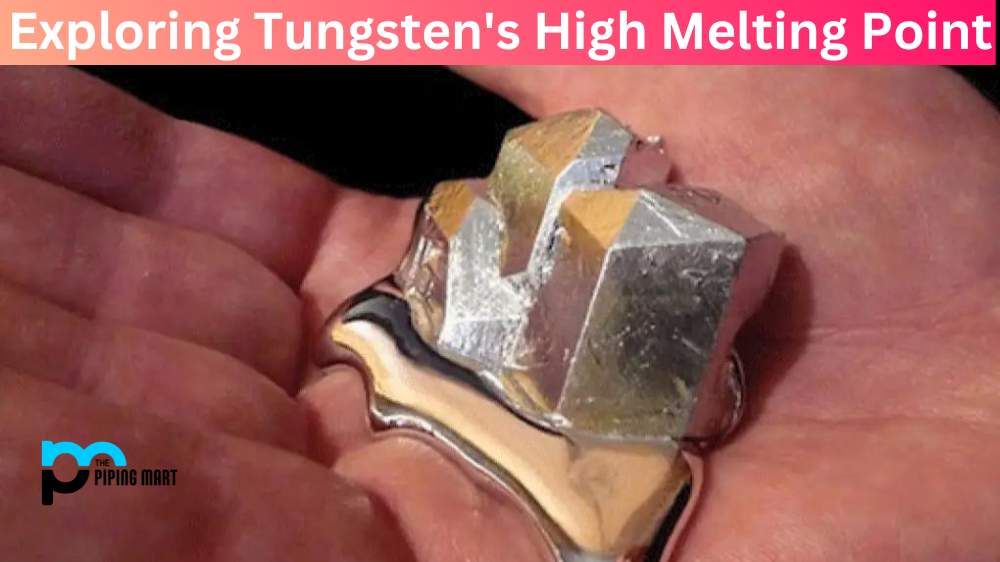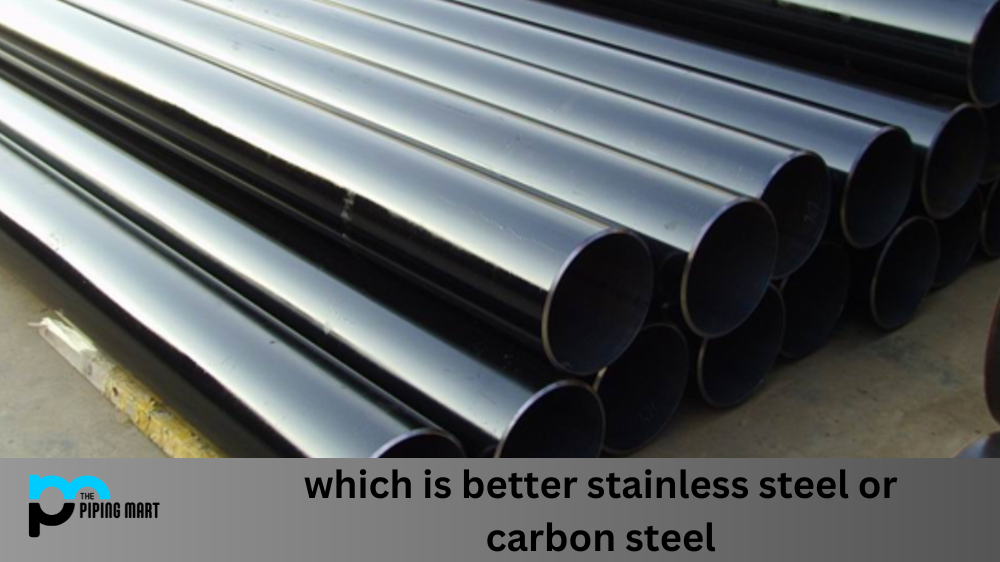Have you ever wondered why tungsten, an element found in nature, has one of the highest melting points among all metals? It is a fascinating property that has been studied by scientists for centuries. In this blog post, we will explore what makes tungsten so special and why it has such a high melting point.
The primary reason for tungsten’s high melting point is its atomic structure. Tungsten atoms are arranged in a crystalline lattice structure with strong covalent bonds between them. This arrangement gives the metal its strength and resilience, which translates into its high melting point. Additionally, the electrons in tungsten’s outermost shell are tightly bound to the nucleus and do not easily break away from the atom when heated, which helps to further stabilize the metal at higher temperatures.
Tungsten also has a low thermal conductivity compared to other metals, meaning that it does not efficiently transfer heat energy through itself. This further contributes to its ability to withstand extreme temperatures without changing state or breaking down due to thermal stress. Furthermore, since tungsten has an extremely dense atomic structure, it requires more energy than usual to heat up and melt down completely, making it even more resistant to changes in temperature.
One final factor that contributes to tungsten’s extreme durability is its oxidation resistance. When exposed to oxygen-rich environments such as air or water vapor, most metals form oxides which can corrode the metal over time and weaken its structural integrity. However, due to the stability of tungsten’s atomic bonds and its low reactivity with oxygen-containing compounds, it forms an incredibly hard oxide layer on its surface; this protective coating prevents further oxidation from occurring and helps maintain the metal’s strength even under harsh conditions.
Conclusion:
All in all, there are many factors that contribute to tungsten’s remarkable resistance against extreme temperatures and harsh conditions. Its stable crystalline lattice structure with strong covalent bonds between atoms combined with its low thermal conductivity and oxidation resistance make it an incredibly durable material that can withstand incredible amounts of heat before finally melting down completely! As such, this metal is used in countless applications where high-temperature performance is essential—from lightbulbs to rocket engines—and will likely continue to be used well into the future!

Pipingmart is a B2B portal that specializes in metal, industrial and piping items. Additionally, we share the latest information and information about materials, products and various types of grades to assist businesses that are involved in this business.




